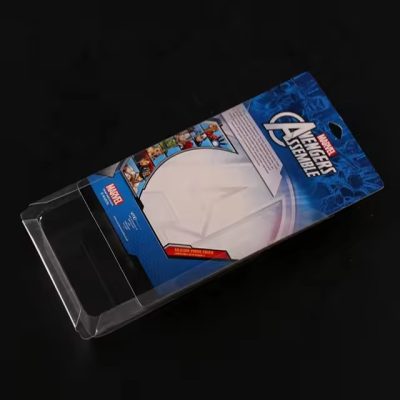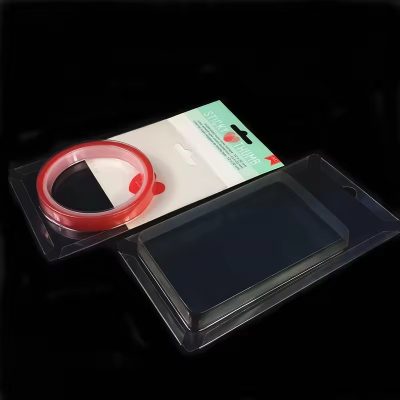Blister card packaging stands as a versatile and effective method for packaging a wide array of products, seamlessly marrying functionality with visual appeal. This article aims to delve into the intricacies of blister card packaging, shedding light on its importance, features, advantages, and versatile applications across industries.
Unveiling Blister Card Packaging
Blister card packaging represents a packaging technique where products are enclosed within a transparent plastic blister and affixed to a printed cardboard backing. This innovative combination not only ensures product protection but also provides an attractive platform for product display and promotion.
Key Components of Blister Card Packaging
Blister card packaging comprises two main components:
Blister: The transparent blister serves as a protective enclosure for the product, offering visibility while safeguarding against damage and contamination. Customized to fit the product’s shape and size, the blister provides a secure and visually appealing display.
Cardboard Backing: The cardboard backing serves as the foundation of the packaging, featuring graphics, branding elements, and product information. Printed with vibrant colors and eye-catching designs, the backing enhances product visibility and communicates essential details to consumers.
Advantages of Blister Card Packaging
Blister card packaging offers numerous advantages:
Enhanced Visibility: The transparent blister allows consumers to view the product, facilitating informed purchasing decisions and capturing attention on store shelves.
Product Protection: The blister provides a protective barrier, shielding the product from physical damage, tampering, and environmental factors, ensuring product integrity throughout its lifecycle.
Brand Promotion: The cardboard backing serves as a branding platform, enabling manufacturers to showcase logos, slogans, and product features, effectively promoting brand recognition and loyalty.
Consumer Convenience: With easy-to-open packaging and resealable options, blister card packaging offers convenience and user-friendly access to the product, enhancing the overall consumer experience.
Applications Across Industries
Blister card packaging finds widespread applications across diverse industries:
Retail: Commonly used for packaging consumer goods such as electronics, toys, hardware, and personal care products, blister card packaging enhances product presentation and marketability.
Pharmaceuticals: In the pharmaceutical sector, blister card packaging ensures accurate dosage delivery, tamper resistance, and compliance with regulatory standards, making it ideal for packaging medications and healthcare products.
Food and Beverage: Blister card packaging is utilized for packaging individual servings of food and beverage items such as candies, chewing gum, mints, and dietary supplements, offering convenience and product protection.
Conclusion
In summary, blister card packaging serves as a versatile and effective packaging solution, offering a harmonious blend of functionality and aesthetics. With its ability to provide product visibility, protection, and brand promotion, blister card packaging continues to play a crucial role in enhancing product presentation, consumer engagement, and brand recognition across various industries. As consumer preferences evolve and market trends shift, blister card packaging remains a dynamic and adaptable choice for manufacturers seeking to elevate their products in the competitive marketplace.







